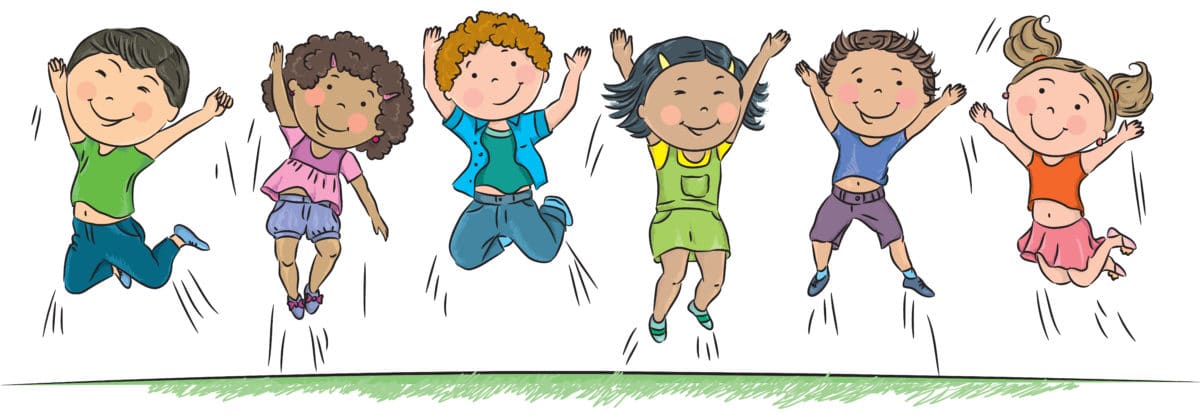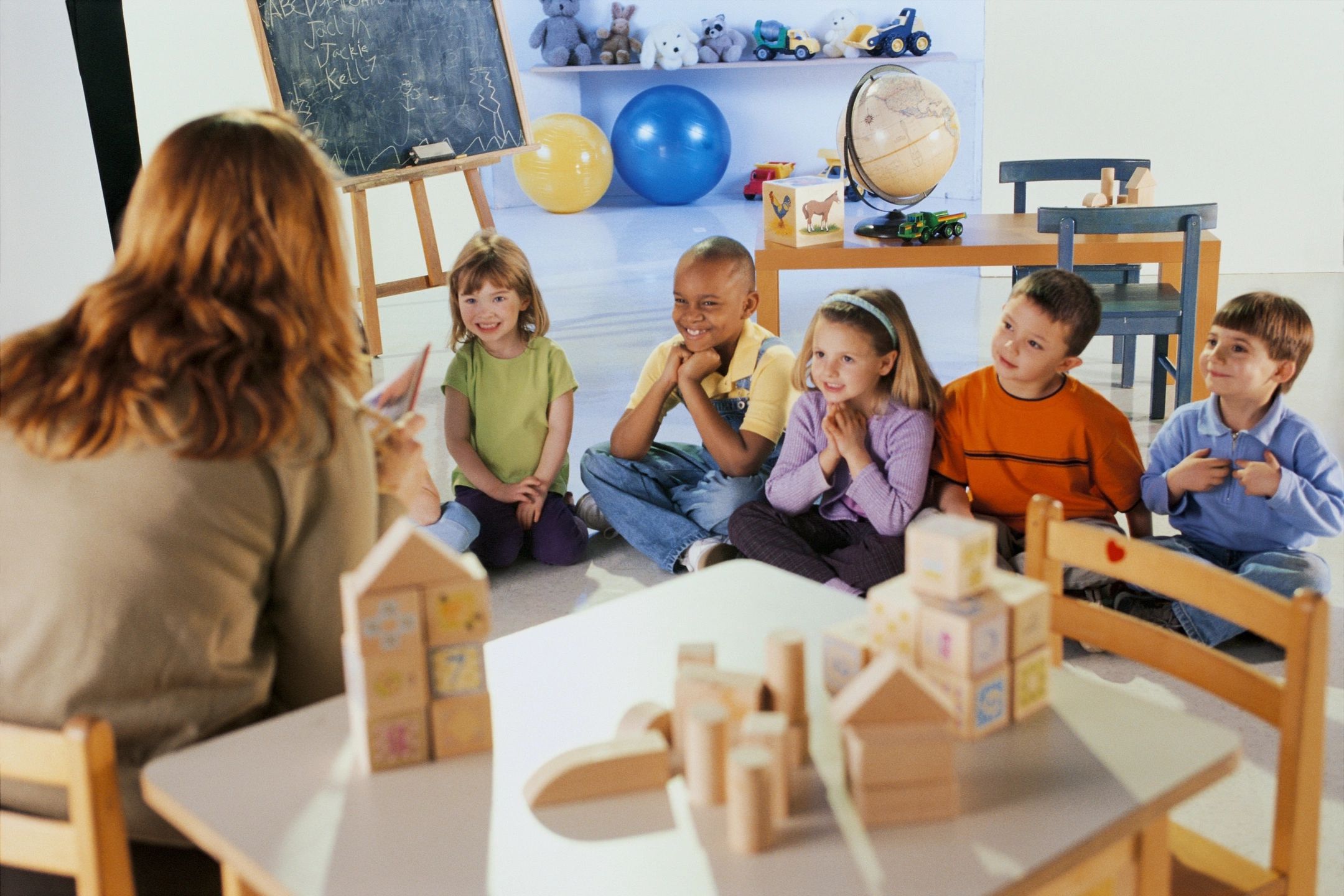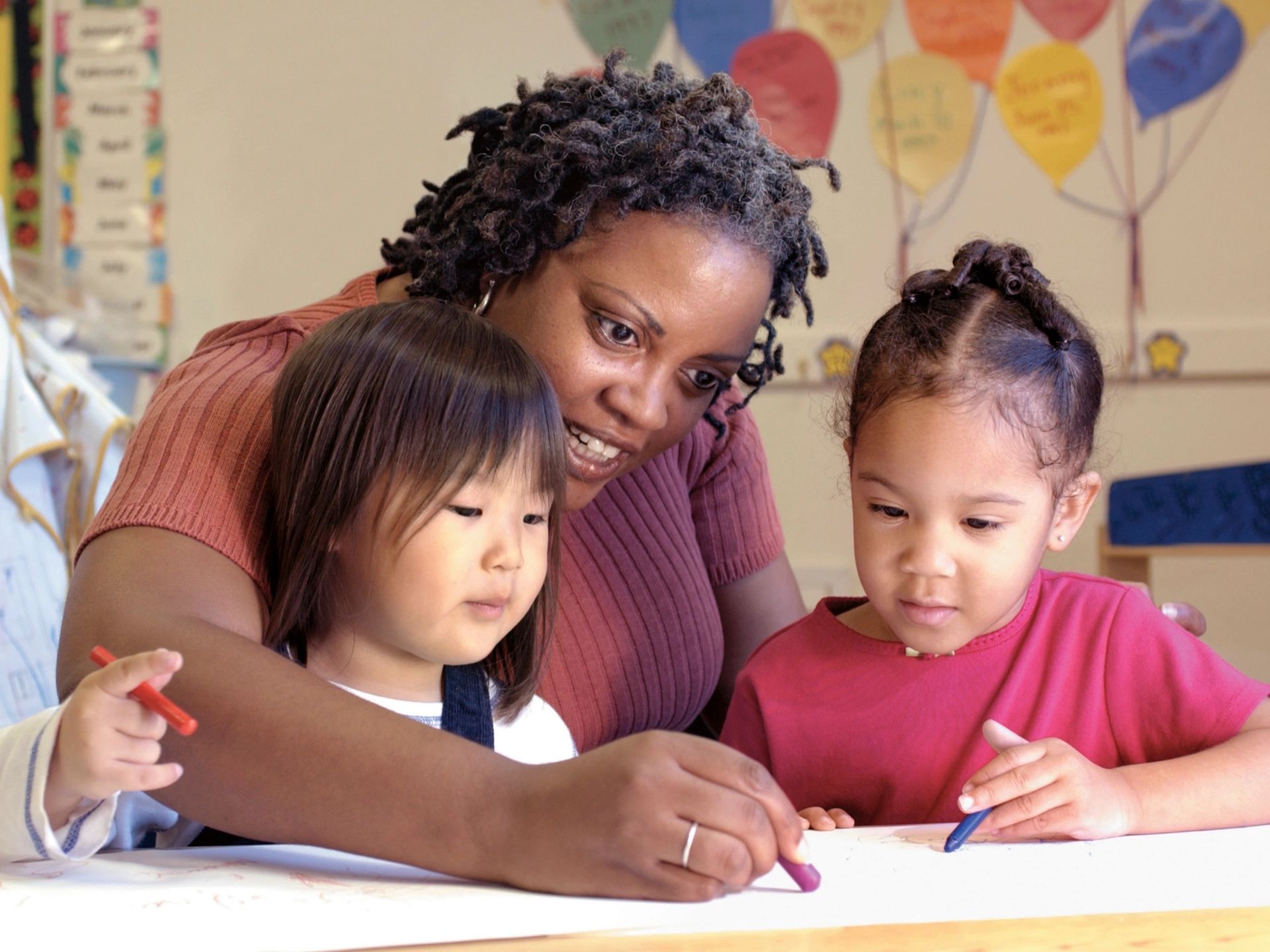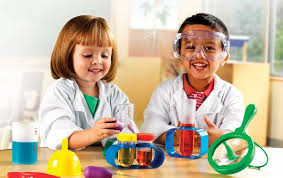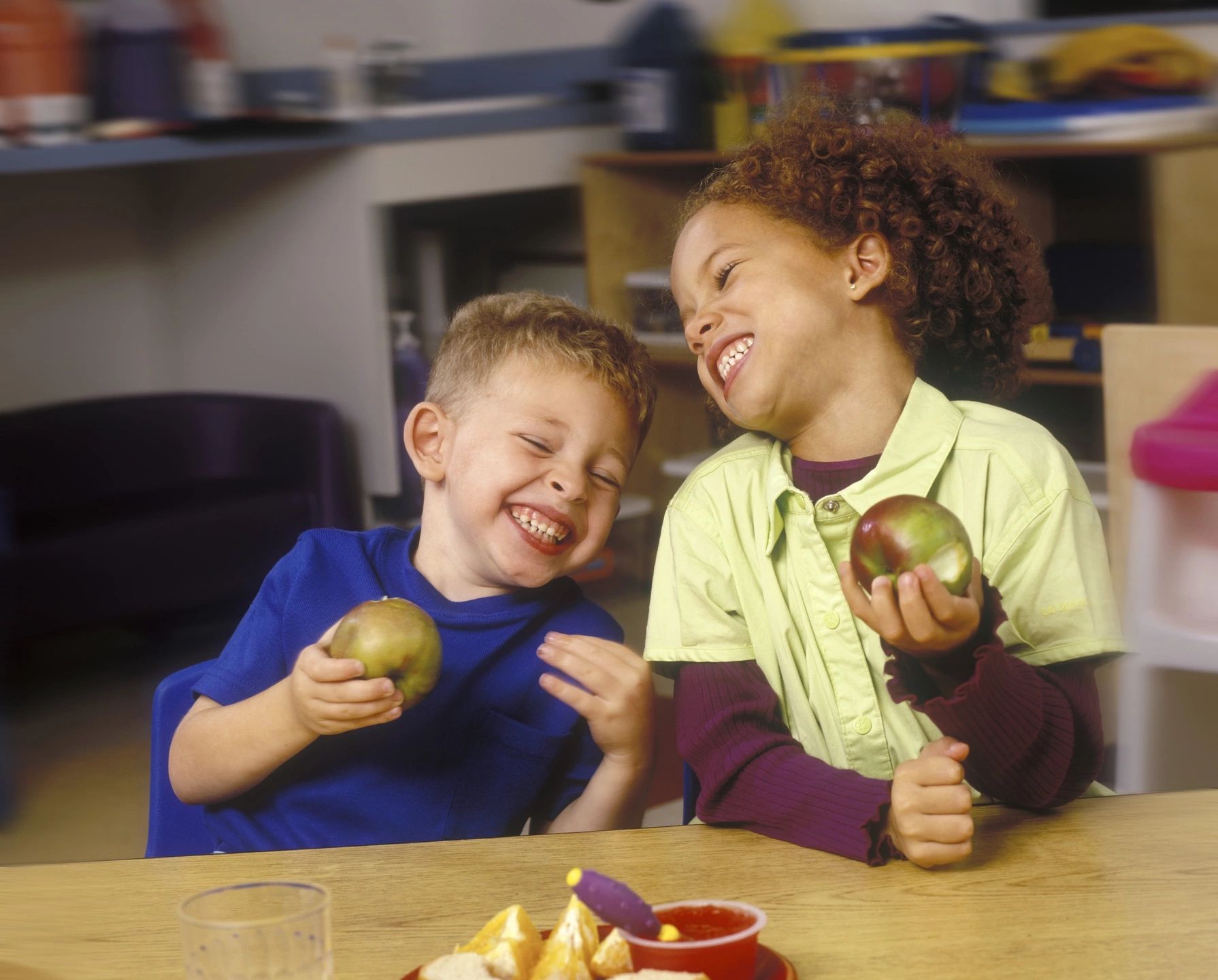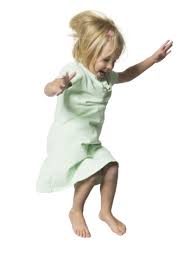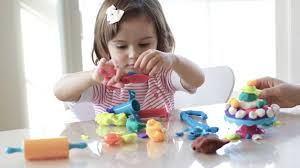Children are a gift from the Lord -- Psalm 127:3a
Benefits for you and your child!
- A fun and friendly place to learn and grow
- An experienced staff of childcare professionals
- Low teacher child ratio
- Spacious classrooms
- Spacious playground (5,000+ square feet)
- Extended hours for your convenience 7:00 am – 6:00 pm
- Respect for different cultures and celebration of diversity
- A safe secure childcare center where individuality is respected and encouraged
- Special classes for children including chapel, music awareness and dance
- Parent training from outside professionals on topics of interest
- An executive director with 30+ years industry experience and 20+ years successfully managing centers
Program Philosophy and Goals
We believe children are a gift from God and are to be treasured and nurtured according to the principles set forth in God's word. We also believe that children learn through experience and exploration. As a child enters the program at Springs of Life Christian Preschool, they will not only be nurtured in a loving safe environment, but will also be engaged in a program designed to encourage development of the whole child. Our goal is to instill in each child the knowledge that they are created in the image of God and therefore worthy of highest esteem. As children learn to experience and accept their own value, they in turn learn to value and respect other individuals.
Providing practice in the areas of cognitive, perceptual, social, emotional, physical, creative and spiritual development are key to the child-centered curriculum we have established at Springs of Life Christian Preschool. Our staff is committed to offering the highest standard in meeting these critical developmental needs.
Goals of the Program
In keeping with the philosophy of our program, it is our goal to develop in each child a love for God, their family, themselves and others. We have set forth specific developmental goals to instill within each child this love, as well as a love for learning and for the world around them.
In consideration of the developmental levels of young children, our program consists of short-structured teaching times, periods of independent practice of learned activities, and time for individual choice and discovery. Because children learn best through integrated activities, all areas of development will be coordinated to develop the whole child.
Language
- To introduce letters and sounds with a new letter being introduced each week.
- To expose children to a variety of new words.
- To encourage verbal expression through sharing, conversing, and oral presentation.
- To enhance the child's ability to follow directions.
- To introduce spatial vocabulary (over, under, etc.).
- To acquaint the child with opposites and things that go together (animals and their homes).
- To equip the child with sequencing and categorization skills.
- Drama
- Storytelling
- Story "writing"
- Developing listening center stories
- Sharing information
- Vocabulary building
- Rhyming word recognition
- Opposite word understanding
- Proper use of prepositions
- Mini-musicals
- Performance in these areas is above grade level
Reading Readiness
- Visual skills/letter recognition
- Visual recall
- Auditory skills/sound discrimination
- Auditory recall/memorization
- Initial sound discrimination
- Concrete objects categorized according to initial sound
- Letter/sound association
- Word recognition (sight words)
- Reading short vowel words
- Reading short vowel stories
Social and Emotional
- To give guidance in problem solving skills.
- To provide opportunities for self-expression.
- To offer activities and games which encourage cooperation and sharing.
- To encourage the use of respectful words such as "please, and "thank you.
- To develop an appreciation of cultural diversity.
- To help children express emotions appropriately.
Math
- To acquaint children with patterns and relationships.
- To present activities for number recognition.
- To offer practice in rote counting and in the counting of objects.
- To introduce the concept of addition and subtraction through the use of objects.
- To develop understanding of one on one correspondence and number relationships.
- To develop skills in the recognition of order and seriation.
- Rote counting
- Number relationships
- Addition of sets
- Subtraction of sets
- Numeral recognition
- Numeral printing
- Pattern development
- Counting by 2's
- Measurement through exploration
- Number relationships - one-on-one correspondence
- Categorizing according to different attributes
Science
- To encourage curiosity by offering a variety of interesting objects (magnets, bird's nests, shells, rocks, etc.)
- To develop an understanding of how things grow (both plants and animals).
- To encourage conservation efforts through exposure to specific techniques.
- To encourage children to question and explore their outdoor environment.
Independence and Self-help
- To encourage the child to “do it on his/her own.”
- To provide guidance and practice in developing patience and waiting turns.
- To develop fine motor skills such as buttoning, zipping, buckling, tying, etc.
- To develop mealtime manners through practice and modeling
- To provide practice in food service such as pouring, setting tables, and scooping
- To develop clean up and organizational skills
- To practice and educate children regarding proper hygiene habits.
Gross Motor
- To encourage the development of coordination.
- To offer activities such as hopping, balancing, crawling, climbing, jumping, and throwing
- To incorporate the use of the obstacle course and the parachute to develop specific
- To utilize music as a means of encouraging free movement with streamers and other mediums.
Fine Motor
- To offer a variety of manipulatives which assist in the development of eye-hand coordination (puzzles, blocks, logos, pegs, etc.)
- To provide experience in cutting, coloring, tracing, zipping, buttoning, pouring.
- To encourage the use of playdough and clay to enhance tactile and kinesthetic discrimination.
- Creative Development
- The use of arts and crafts will be incorporated to develop creativity.
- To expose children to a variety of art mediums such as finger painting, easel painting chalk, water color, collage, etc.
- To develop an appreciation of music through listening, performing, and relaxing at activity time, art time, nap and lunch. The Music Place, an independent and developmentally sound music program, is available at a nominal fee.
Next Steps...
Call to arrange a tour. We'd love to meet you!

